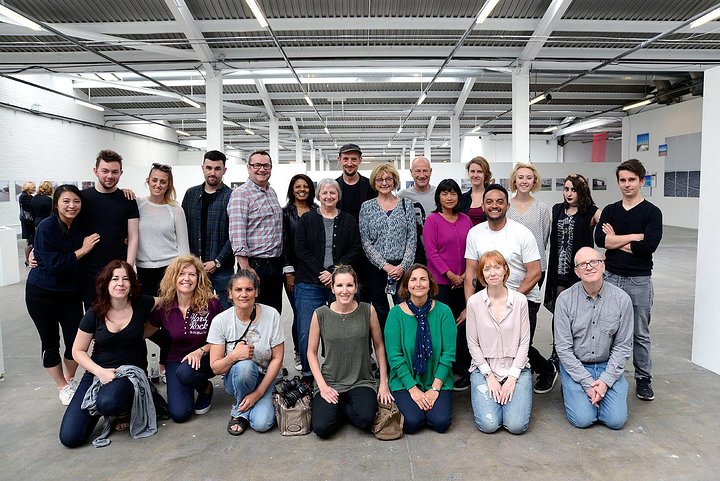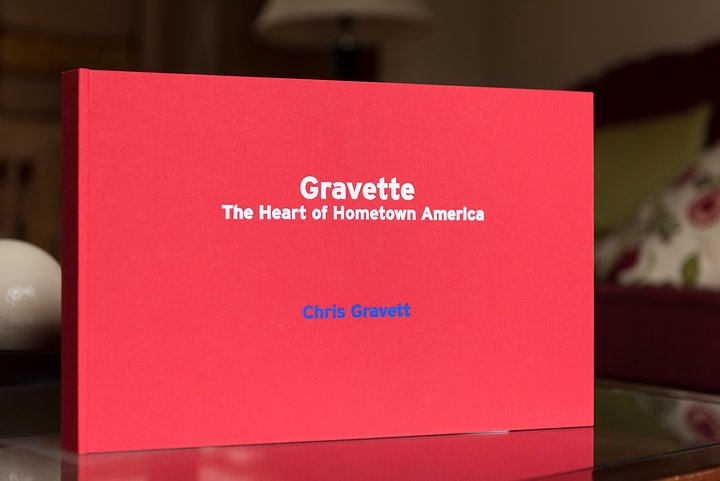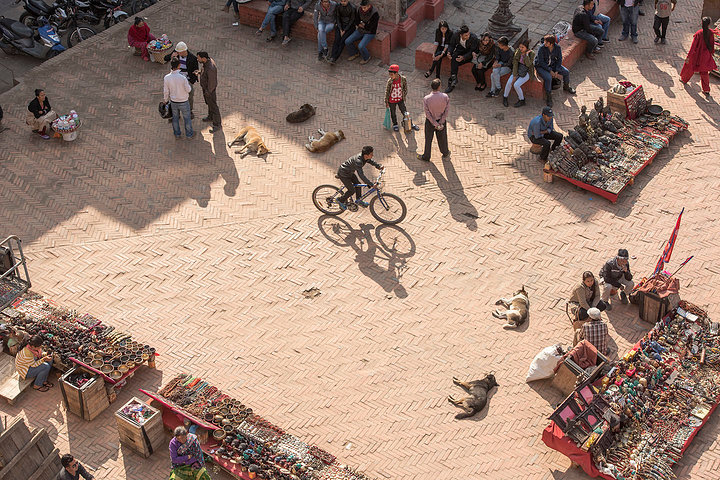Project 28 Latvia
08 November 16
Posted at 1:19
The fourth country I visited was Latvia and my chosen town was Riga. Another capital city although it is not my intent to concentrate on capitals it just worked out that for all three Baltic States I visited the capital. I arrived in Riga by bus from Tallinn and gained the impression that, other than Riga, Latvia consists of acres of forest.

As I walked into the town in the late afternoon the first thing that struck me was this magnificent monument. The monument honours the fallen soldiers in the Latvian War of Independence (1918-20). The monument was lucky to survive the second occupation by the Soviet Union in 1940.
Latvia joined the EU on 1st May 2004 and the eurozone on 1st January 2014.
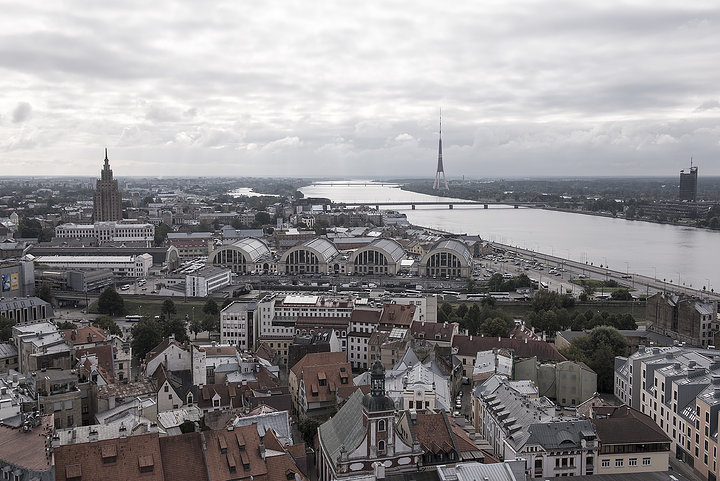
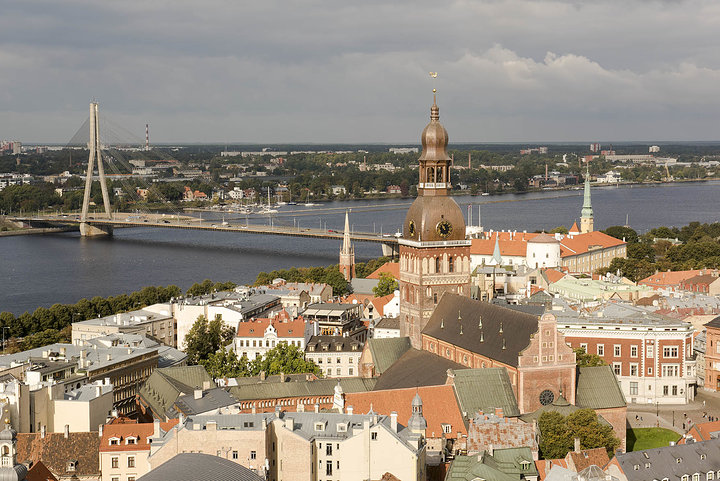
St Peter's Church Tower offers an excellent view of the city in all directions and for once without having to climb two or three hundred steps to see it. There is a lift, mind you the entrance fee is a bit steep as I found many things in Riga were expensive compared with Lithuania and Estonia.
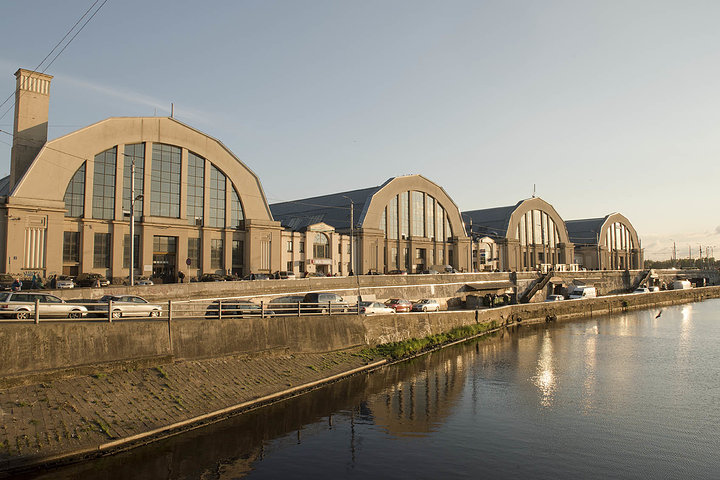
The central market consists of a large open air area along with five pavilions made from Zeppelin Hangers which when moved to Riga had their height reduced to 20.5m (from 37.4m). The original height made them too susceptible to temperature change. The market covers 72.3 thousand square meters with over 3,000 stalls.
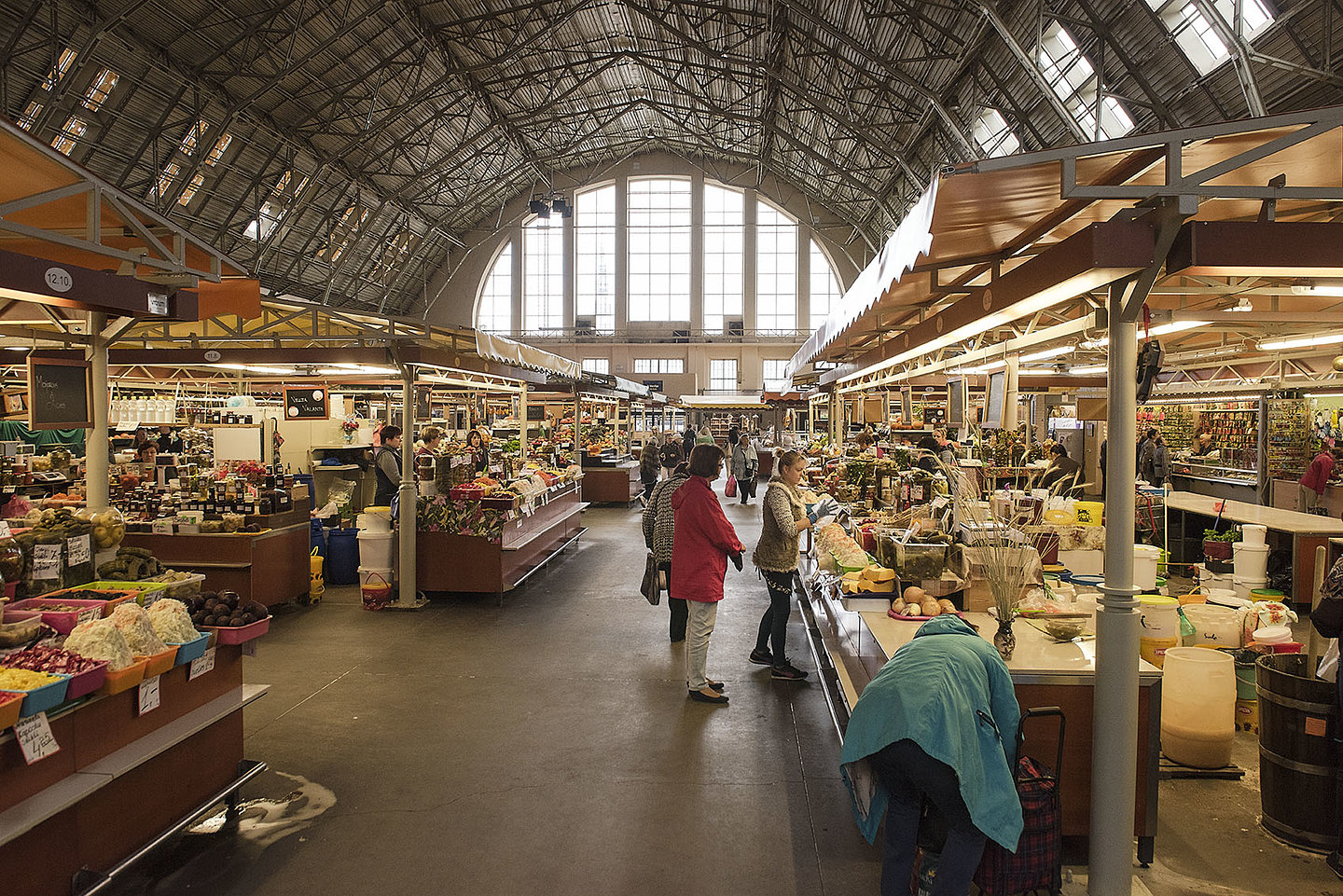
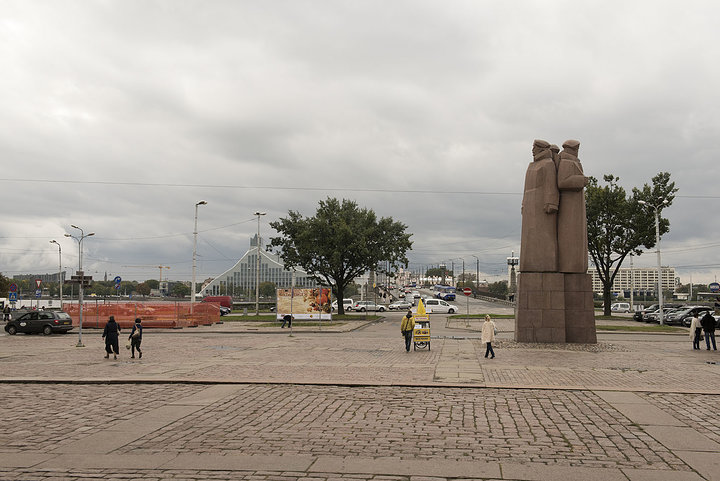
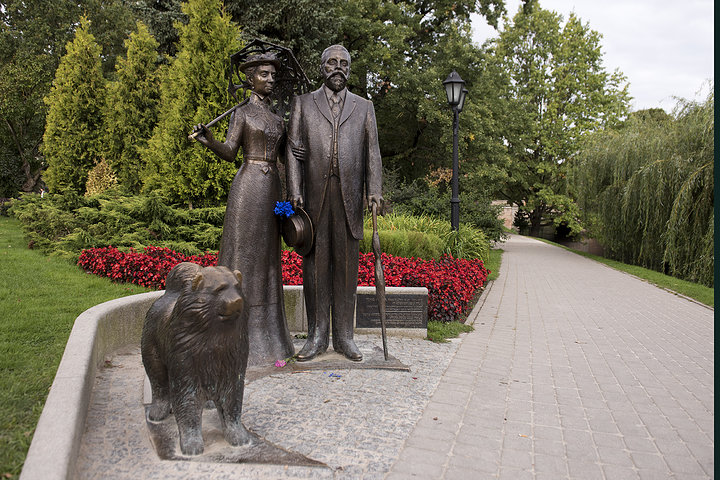
In the garden's of the Riga Opera House is this bronze of George Armitstead, his wife and chao-chao dog. George Armistead presided as Mayor from 1902 to 1912 and surprisingly he hailed from Yorkshire! Armitstead was responsible for the modernisation and transformation of Riga in terms of architecture and elegance in the city outside of the old town. Queen Elizabeth II unveiled this statue in 2006.
Whilst in Riga I read about the Salaspils Concentration Camp which is located just beyond the boundary of Riga. The concentration camp was run by the Nazis during WW2. The camp housed thousands of German Jews, Soviet POWs and left wing Latvians. The Salaspils Memorial on the site of the concentration camp can be reached by train to Darzini and then a walk of two or three kilometres. I took the train to Darzini and disembarked on to a lonely platform with a brick shelter and nothing else in sight apart from trees. many paths led in all directions through the woods. It took me a while to spot a tiny sign on a tree identifying the correct path to take. After a walk through the dense woods with just a couple of small signs confirming I was on the correct route I came a cross Salaspils and it was quite a shock.
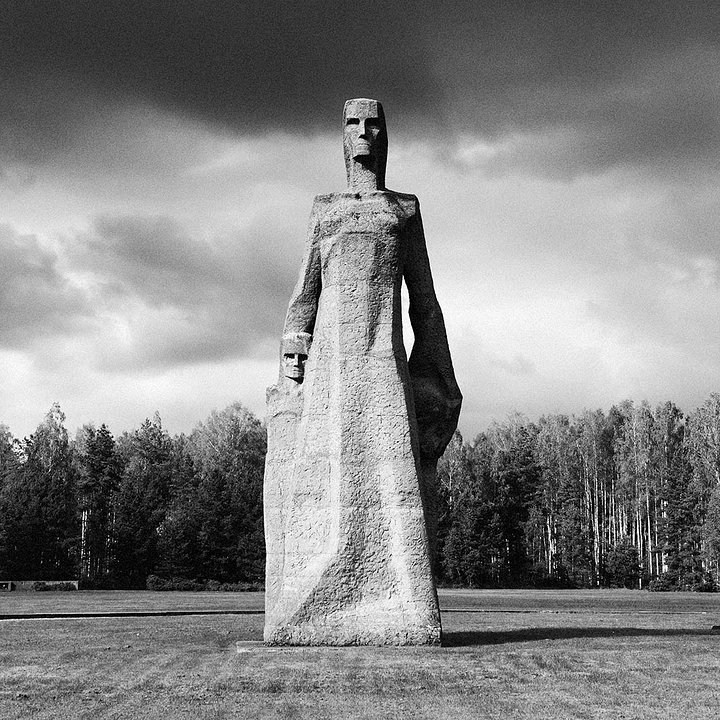
At the entrance there is a concrete block housing a walkway it is a 100 metre long ramp signifying a stairway to heaven. On the front of it are inscribed the words in Latvian “AIZ SIEM VARTIEM VAID ZEME” English translation “Beyond this Gate, the Earth Moans”. As you proceed passed the ramp to the left is a large black marble block which houses a metronome, the block is called the "Reminding Heart", the constant heart beat from the metronome breaks the eery silence, echoing throughout the vast area of the memorial. Ahead is a vast clearing in the forest, around the edges stone memorials and concreted slabs. In the centre there are massive stone sculptures built and left by the Soviets as a memorial. They stand in groups, square-jawed and arms outstretched, holding each other up in support, kneeling or stretching out in exhaustion across the grass.
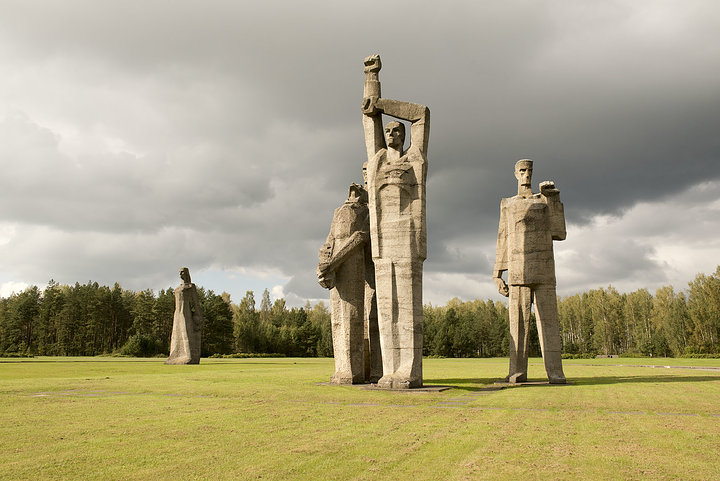
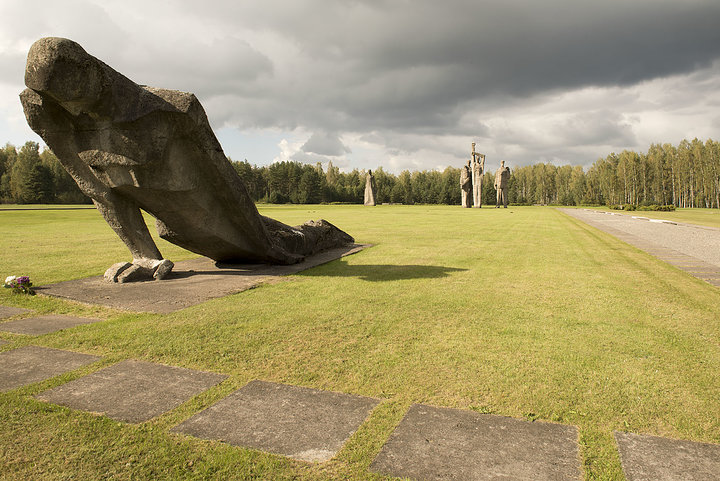
I have visited many war memorials around the world but have seen nothing on this scale. Being there alone with the heartbeat constantly booming is quite daunting. It creates an atmosphere provoking thoughts of what this camp meant to those imprisoned and in many cases dying there.
